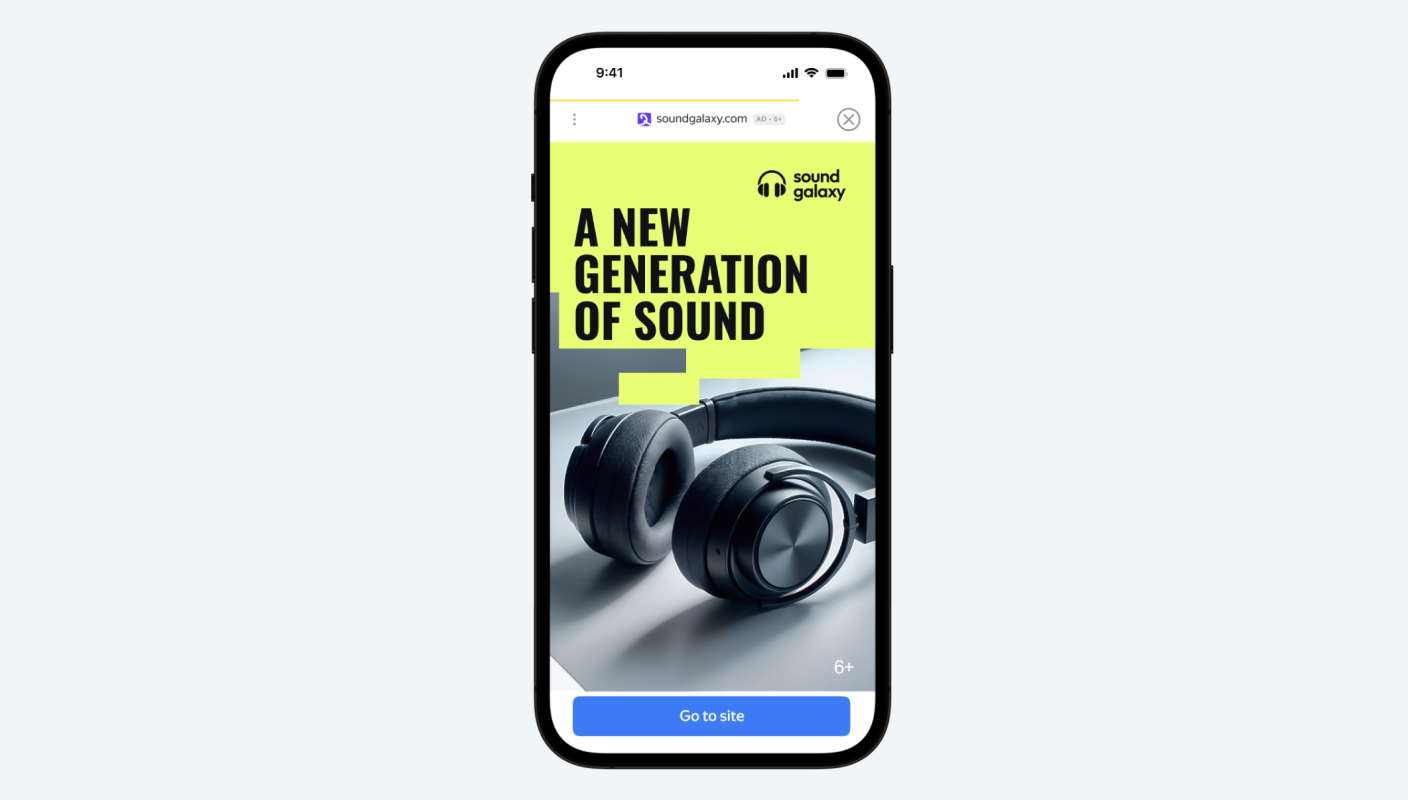DSP vs. SSP: understanding the key differences in programmatic advertising


In the world of programmatic advertising, the terms DSP and SSP are central to how media is bought and sold across the digital marketplace. As advertisers look to automate the ad buying process and reach their target audience across multiple platforms, understanding these systems becomes critical. With data-driven targeting, real-time bidding (RTB), and access to available ad inventory, these platforms help deliver the highest advertising efficiency at scale. As publishers aim to maximize revenue and sell their ad inventory, the distinction between these tools can define the success of modern digital advertising campaigns and ad placements.
What is a demand-side platform (DSP)?
A Demand-Side Platform (DSP) is a powerful tool in programmatic buying that allows advertisers to automate the purchase of ad impressions across multiple publishers. These platforms leverage real-time data to make fast, effective buying decisions based on user behavior and predefined goals. Through real-time bidding (RTB), advertisers can place bids on available ad space as soon as a user visits a webpage or app, ensuring precision audience targeting.
DSPs are built to streamline campaign optimization by automating budget allocation, bid adjustments, and creative delivery. Advanced DSPs also allow for audience segmentation and behavioral targeting, letting advertisers tailor messages for different groups. In the context of mobile advertising, DSPs support rich media, video, and interactive formats — essential for app user acquisition and engagement campaigns.
Popular DSPs include Google DV360, The Trade Desk, and MediaMath, each offering robust tools for data integration and cross-channel execution. These platforms are essential for managing digital advertising campaigns at scale and achieving maximum ad performance.
How DSPs work
DSPs connect with ad exchanges to access vast pools of inventory from websites and apps. As users load pages, RTB kicks in—each ad impression triggers a bid request. The DSP evaluates audience data, selects the best creatives, and submits bids in milliseconds. If successful, the ad is served, and the platform continuously adjusts bidding strategies to improve optimization metrics like CTR and ROI.
The impact of cookie deprecation on DSPs
With the phase-out of third-party cookies, DSPs face reduced access to historical browsing data, impacting targeting precision and attribution accuracy. In response, platforms are shifting toward first-party data, Publisher Provided Identifiers (PPIDs), and contextual targeting models. These solutions help maintain relevance and compliance with privacy standards while preserving campaign performance.
Why advertisers use DSPs
Advertisers rely on DSPs for scalable access to multiple ad exchanges, automated RTB, and granular audience segments. These platforms optimize ad budget allocation in real time and improve campaign performance across channels. Automation helps streamline campaign execution and enhances decision-making across large-scale digital ad campaigns.
What is a supply-side platform (SSP)?

A Supply-Side Platform (SSP) is a programmatic solution that enables publishers to automatically sell their ad inventory to the highest bidder in real time. SSPs serve as the bridge between a publisher’s available ad space and multiple demand sources, including DSPs and ad exchanges, allowing monetization across diverse channels without manual intervention.
Key SSP features include header bidding, which increases competition by sending inventory to multiple platforms simultaneously, and real-time bidding (RTB), where ad slots are auctioned in milliseconds. SSPs also offer tools like price floors to ensure publishers receive a fair return, as well as brand safety controls including advertiser whitelists and blacklists to protect content and audience integrity.
By offering granular control over ad formats, placements, and partner access, SSPs help media owners strike a balance between ad revenue and user experience. They optimize for viewability and engagement while minimizing disruptive or irrelevant ads, ensuring that every ad impression contributes positively to both revenue and content strategy.
How SSPs work
SSPs connect publishers’ ad inventory to multiple DSPs and ad exchanges, enabling each ad impression to be auctioned off through real-time bidding. The system applies price floors and uses yield optimization algorithms to prioritize bids that maximize revenue. By increasing inventory access to multiple demand side platforms, SSPs ensure the highest possible bid wins.
SSPs in mobile app monetization
In the mobile space, SSPs help app developers with mobile monetization by matching ad requests to relevant buyers while maintaining ad relevance and user experience. These platforms manage in-app ad placements, run dynamic pricing strategies, and implement tools for revenue optimization to ensure that mobile ads contribute to sustainable earnings.
DSP vs. SSP: key differences and how they complement each other
Understanding the relationship between DSP vs SSP is essential for grasping how modern programmatic advertising operates. While both platforms rely on automation, they serve opposite ends of the transaction: advertisers vs publishers.
A Demand-Side Platform (DSP) is used by advertisers to automate the ad buying process. DSPs enable advertisers to perform precise targeting, real-time bidding, and campaign efficiency by selecting the most relevant ad impressions from a wide range of inventory. On the other hand, a Supply-Side Platform (SSP) is built for publishers to sell ad inventory automatically across multiple demand sources simultaneously, optimizing yield and controlling the quality of ads that appear on their properties.
Together, DSP and SSP form a seamless, automated marketplace where ad buying and ad selling occur in real time. The SSP offers available ad space to multiple demand side platforms, while DSPs assess user data and place the highest bid. This cooperation ensures that ad placements are both contextually relevant and economically optimal for both sides.
Their complementary roles fuel the dynamic, data-driven programmatic advertising ecosystem, ensuring advertisers reach the right audience and publishers maximize revenue with minimal manual effort.
What is an ad exchange and its role in programmatic advertising?
Ad exchanges are digital marketplaces that connect DSP and SSP to automate the buying and selling of ad impressions through real-time bidding (RTB). These platforms function as intermediaries, hosting live auctions where inventory from multiple publishers is made available to the highest bidder.
When a user loads a webpage or opens an app, an ad request is triggered. The ad exchange processes that request, sends it to participating DSPs, and collects bids in real time. Within milliseconds, it selects the winning bid and delivers the ad.
How ad exchanges work:
- A user opens a website or app, triggering an ad request.
- The SSP forwards the request, including user and inventory data, to the ad exchange.
- DSPs analyze the data and submit RTB bids.
- The ad exchange holds a lightning-fast auction and picks the top bidder.
- The winning creative is delivered, and the impression is recorded automatically.
By facilitating transparent, data-driven, and automated transactions, ad exchanges improve efficiency, boost targeting precision, and eliminate much of the manual labor traditionally involved in digital media buying.
How DSPs, SSPs, and DMPs work together in the ecosystem
In the programmatic ecosystem, the collaboration between DSP and SSP, and DMPs enables efficient, data-driven advertising. A Data Management Platform (DMP) gathers and structures user data from various sources — such as first-party data, site behavior, or CRM tools. This data is fed into a DSP, which uses it to precisely target audience segments and bid on relevant ad impressions.
Simultaneously, SSPs make available inventory accessible for DSPs to bid on, often applying segmentation and targeting filters sourced from the same DMP. This synergy ensures that every ad placement is informed by user data, audience context, and campaign goals — optimizing both ad buying and monetization in real time.
What is a data management platform (DMP)?
A DMP is a platform used to collect, organize, and segment audience data from multiple sources. It supports first-party data enrichment and enables precise targeting by building detailed audience profiles. DMPs feed insights directly into DSPs and SSPs, allowing for more personalized, data-informed ad campaigns.
DSP vs. DMP: data and activation
While a DMP manages and refines targeting data, the DSP activates it by bidding on impressions and delivering ads. Many DSPs offer native integration with DMPs, streamlining campaign execution and improving accuracy.
Role of Mobile Measurement Partners (MMPs) in Performance Attribution
Mobile Measurement Partners (MMPs) play a critical role in attribution and campaign performance analysis within mobile advertising. These platforms help advertisers track user interactions — such as installs, in-app purchases, and session activity — and connect them back to specific campaigns. By integrating with DSPs and ad networks, MMPs enable precise mobile analytics, offering insights that optimize future budget allocation and creative strategies.
Leading MMPs like AppsFlyer, Adjust, and Singular are essential in verifying attribution across mobile campaigns, preventing ad fraud, and enhancing transparency. Through unified dashboards and postback integrations, they ensure accurate measurement of user acquisition (UA) results and ROI across different sources.
How Yango Ads Can Support Your Programmatic Strategy
Yango Ads specializes in performance marketing through intelligent programmatic advertising solutions tailored for mobile-first brands. Whether you’re launching large-scale UA campaigns or refining direct advertising efforts, Yango Ads offers tools for advanced audience targeting, budget optimization, and multi-channel analytics.
With support for real-time bidding, mobile campaigns, and strategic media planning, Yango Ads helps advertisers unlock better efficiency and higher ROI. As a trusted partner, Yango Ads empowers brands to scale with automation, insight, and data-backed performance.
In addition to its own solutions, Yango Ads also collaborates with other leading DSPs and SSPs. This flexible approach allows partners to expand their reach, diversify traffic sources, and connect seamlessly to external inventory and demand within the Yango Ads ecosystem. Whether you want to integrate an existing platform or explore new supply opportunities, Yango Ads provides the technical and strategic support to make it happen.

Ready to unlock the full potential of programmatic advertising?
FAQs
What matters most when selecting a DSP vs SSP?
Assess targeting capabilities, real-time bidding performance, integration options, transparency, and access to premium inventory. Evaluate support for first-party data, fraud prevention tools, reporting depth, and ability to scale across multiple platforms.
How do demand and supply platforms interact during ad delivery?
SSPs expose publisher inventory, while DSPs bid on impressions using targeting data. Ad exchanges connect both in real-time auctions, allowing automated, optimized delivery of ad creatives based on relevance and campaign goals.



